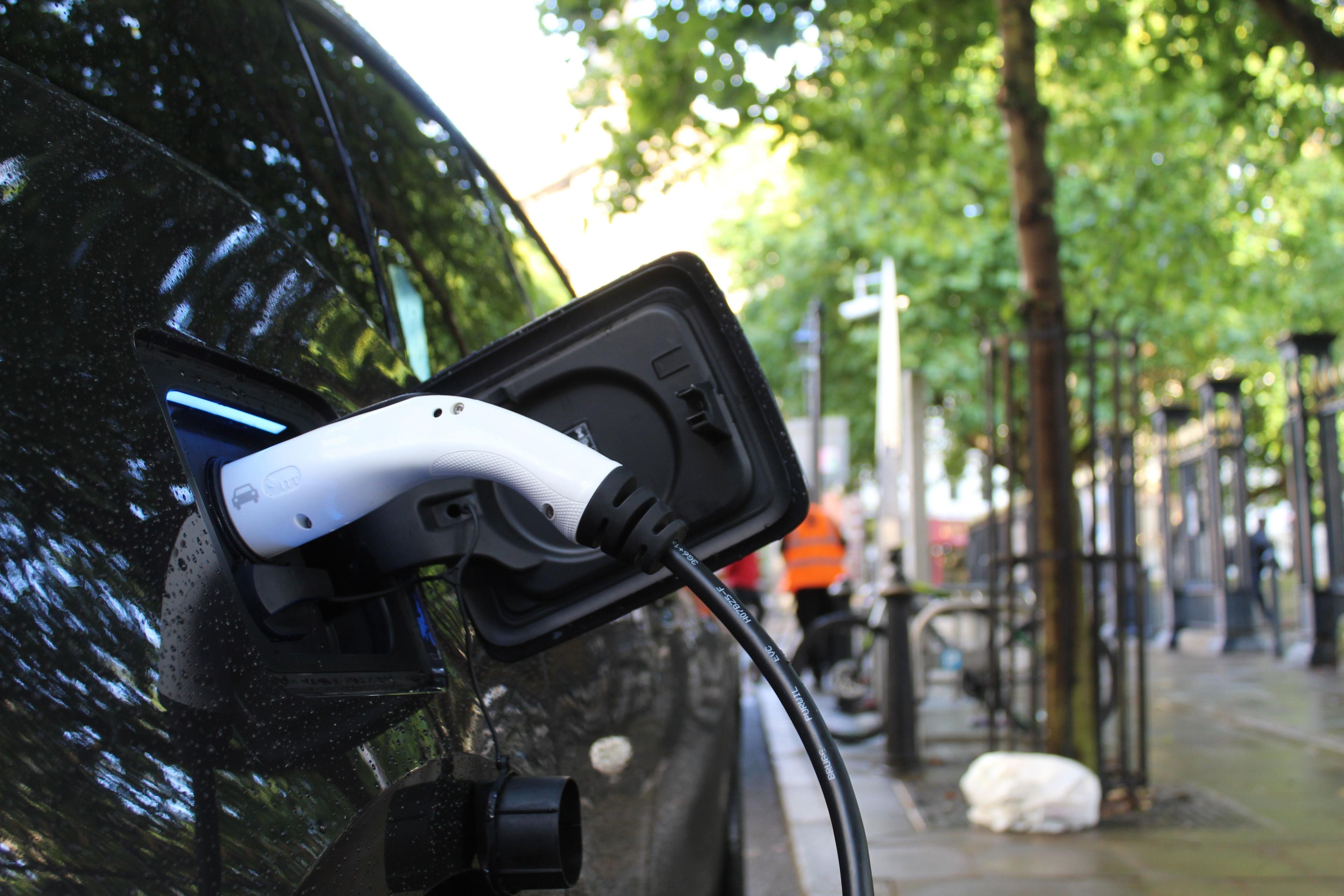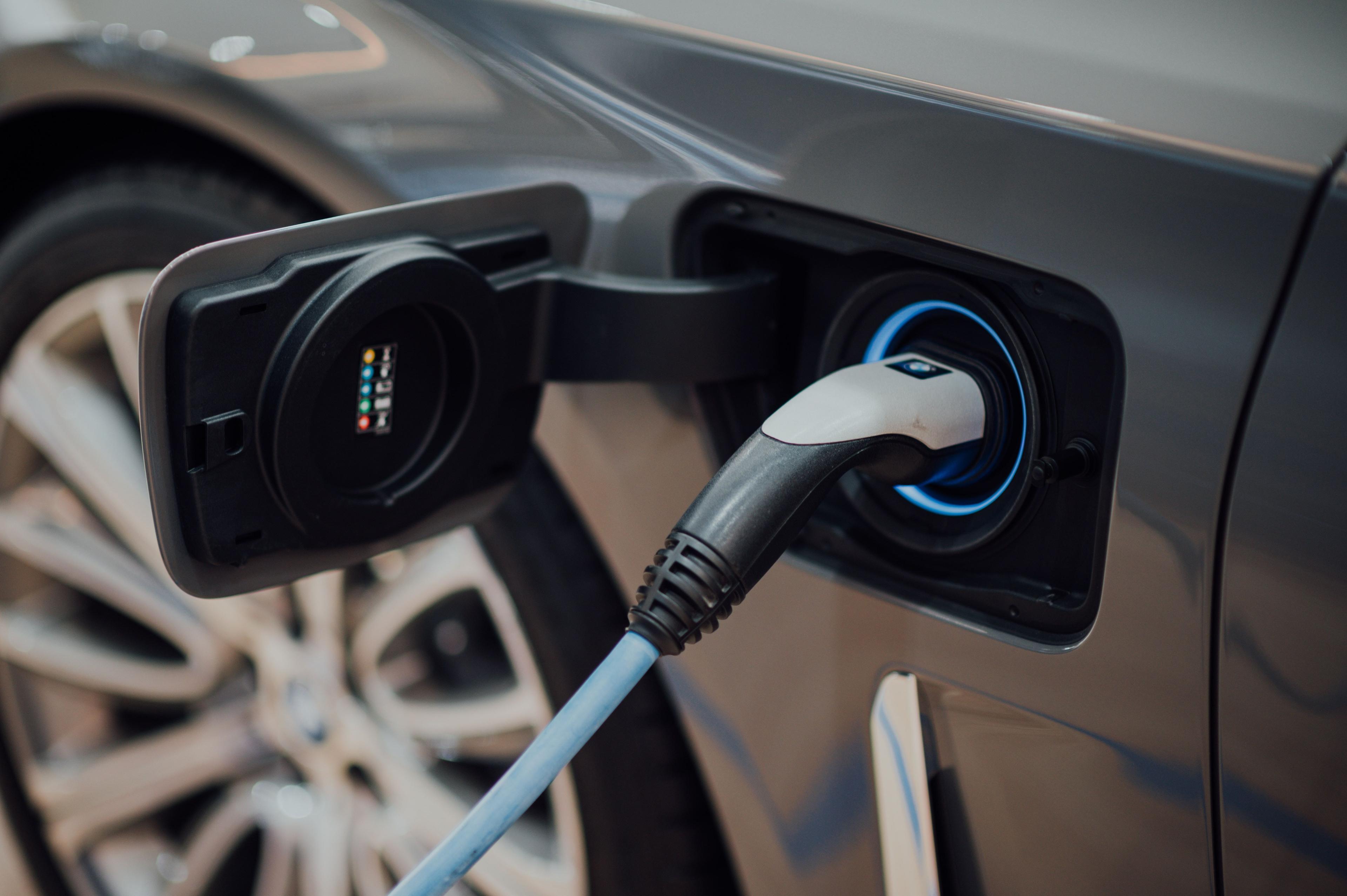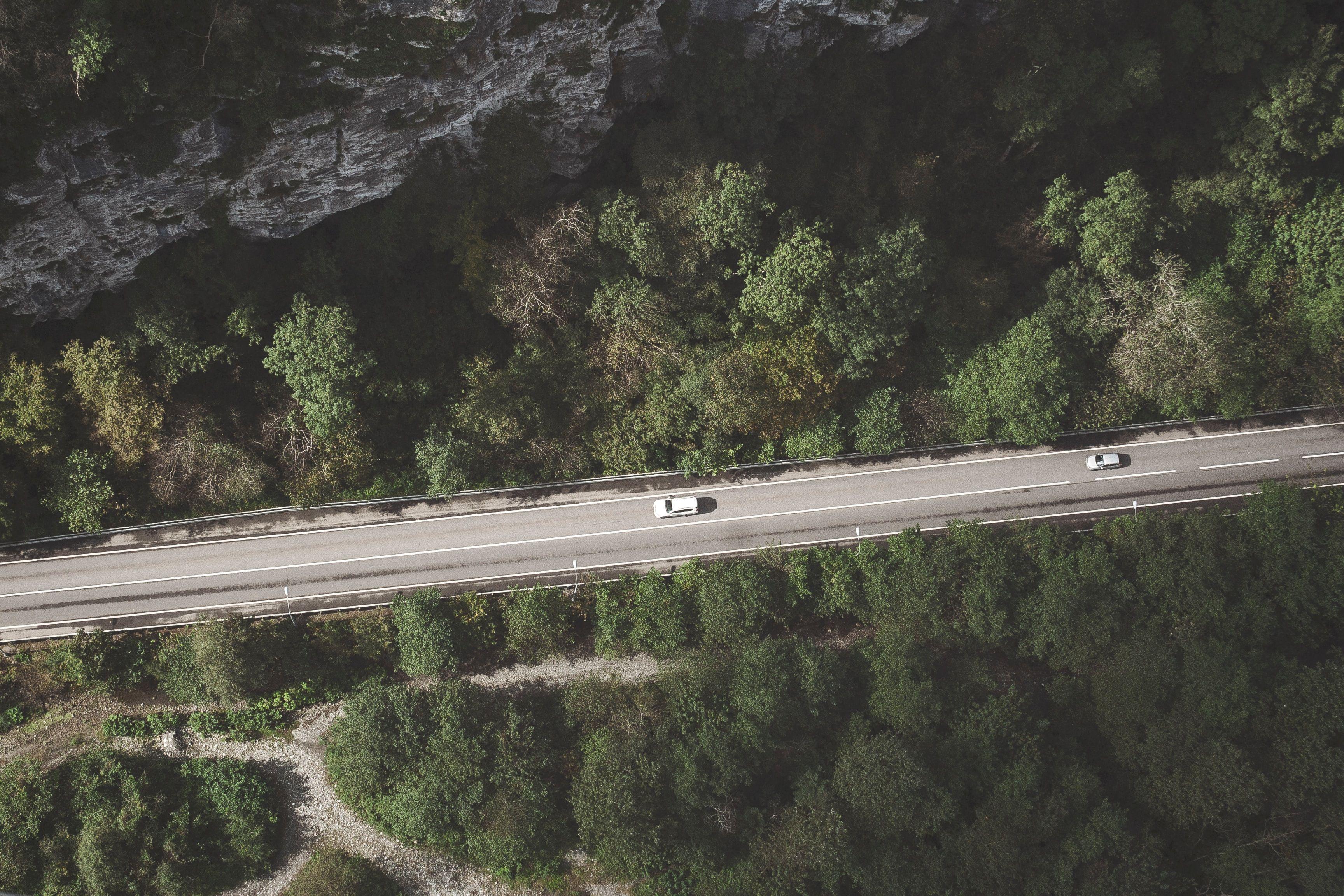
EVs: Raising standards, cutting costs
16.06.2023 - 07:20
In a new report for the Electric Vehicle Council, Mandala unpacks how an effective new vehicle efficiency standard can reduce vehicle emissions and save consumers money. Our analysis found that a well-designed NVES could deliver up to $13.6 billion in savings for Australians over the next decade, and also avoid up to 31 million tonnes of carbon dioxide emissions.
This study examines the potential impact of introducing a new vehicle efficiency standard in Australia
Australia needs a strong new vehicle efficiency standard (NVES) to catch up to its global peers and cut costs for motorists Implementing a strong NVES will reduce fuel and maintenance costs for consumers, as well as deliver substantial environmental benefits.
While the NVES would have a relatively modest impact on vehicle prices, this would be more than offset by cost savings over the life of the vehicle – making cars cheaper overall for consumers.

More than 85% of vehicles sold worldwide are covered by a NVES. Australia is currently one of the few developed nations, along with Russia, without a NVES.
The European Union (EU) has the strongest standard, requiring all new vehicles sold by 2035 to be zero-emissions vehicles.

Currently, the EU sells over 200 models of electric vehicles (EV) compared to just over 50 in Australia.
Meanwhile, new internal combustion engine (ICE) vehicles in Australia emit up to 1.5 times more carbon dioxide than those in Europe – leaving a significant market gap between Australia and our global peers.

A strong standard will improve the efficiency of new vehicles and increase the supply of electric vehicles.
To assess the impact of the NVES on consumers, this study considers (a) the emissions intensity of new vehicles; (b) the supply of electric vehicles; and (c) the impact on vehicle prices.
Read our latest posts

The Value of Online Payments to New Zealand Businesses
Mandala partnered with Stripe on a research report based on the findings of a survey of 200 New Zealand businesses around the value of online payments and opportunities for future innovation.
18 Dec, 2025

Optimising Australia’s Specialist Investment Vehicles for the Net Zero Journey
Mandala, in partnership with IGCC, explores how Australia’s Specialist Investment Vehicles (SIVs) are deploying public capital to accelerate the net zero transition. The report examines the current funding landscape, identifies structural challenges that limit the effectiveness of public investment, and sets out a pathway to evolve the SIV system into a more coordinated, capital-led model aligned with national priorities.
10 Dec, 2025

$160 billion and counting: The cost of Commonwealth regulatory complexity
Our latest research for the Australian Institute of Company Directors (AICD) reveals Australia’s growing regulatory burden. The cost to businesses of complying with federal regulation has risen to $160 billion (5.8 per cent of GDP), up from $65 billion (4.2 per cent of GDP) in 2013. More complex laws are contributing to the increase in costs and redirecting business resources away from growth and innovation. Board time on compliance has doubled from 24 percent to 55 percent in 10 years, while the external legal spend now sits at $16bn up from $6bn in 2010. While the UK, EU, Canada, New Zealand and US are simplifying regulation to drive growth, Australia risks falling further behind without taking immediate policy action.
2 Dec, 2025

Data Centres as Enabling Infrastructure
Mandala’s latest research, commissioned for Data Centres Australia by AirTrunk, Amazon Web Services, CDC Data Centres and NEXTDC, shows that data centres are key drivers of economic growth, renewable energy investment, and sustainable water solutions. The report finds that data centres use relatively modest amounts of energy and water while generating significant economic value, investing in power and water infrastructure that benefits communities, and helping to accelerate Australia’s clean energy transition.
25 Nov, 2025